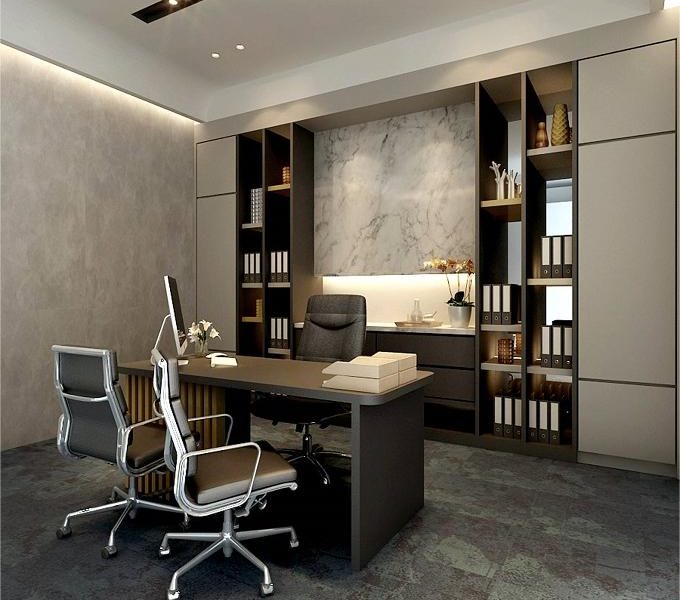
An office equipment asset is a company’s long-term property that can be used to conduct business-related tasks. It may be used for a specific purpose (like office machinery) or it may be a part of a larger infrastructure that can support a number of different functions, such as a manufacturing plant.
It is a type of fixed asset, which is an investment that a company makes in order to increase its value and improve efficiency. It also represents a significant portion of the overall value of a company.
The accounting treatment of an office equipment asset is very similar to that of other fixed assets, and it must be depreciated as well. Companies must use IAS 16 as a guide in order to calculate the amount of depreciation that is due on the assets, and they can choose from straight-line or declining methods.
Unlike other fixed assets, the depreciation on office equipment is charged in annual amounts instead of monthly. This is because office equipment tends to last longer than other fixed assets, and the costs of acquiring, using and disposing of it must be spread out over time.
A long-term asset is an asset that will be useful for more than one year, and it must be depreciated over time in order to recognize the value of the cost of its acquisition and the value of its future economic benefits. This depreciation is calculated by calculating the total cost of the asset in its initial measurement, and then by measuring any additional costs that will be incurred as it continues to operate.
Another factor that influences the classification of an office equipment asset is whether it meets a company’s capitalization threshold, which can vary from company to company. Generally, an office equipment asset that is worth more than 5% of a company’s total assets should be classified separately on the balance sheet as a material property.
On the other hand, an office equipment asset that is less than 5% of a company’s assets should be recorded as an expense. This distinction is meant to avoid the need for too much record-keeping on long-term assets that have a relatively short lifespan and are expected to be converted into cash within a year of purchase.
When a company purchases office equipment, it must follow IAS 16 as a guide in order for the costs of acquiring, using and disposing the equipment to be depreciated. In order to do this, the company must calculate the amount of depreciation that will be due on the asset in a method that is compatible with the tax code and rules for that specific company.
A depreciation calculation will also be based on the company’s industry and the economic benefits that it expects to derive from using the assets over time. This is done in conjunction with a sales comparison approach, which assigns the greatest weight to prices quoted in active markets for the same type of equipment.







